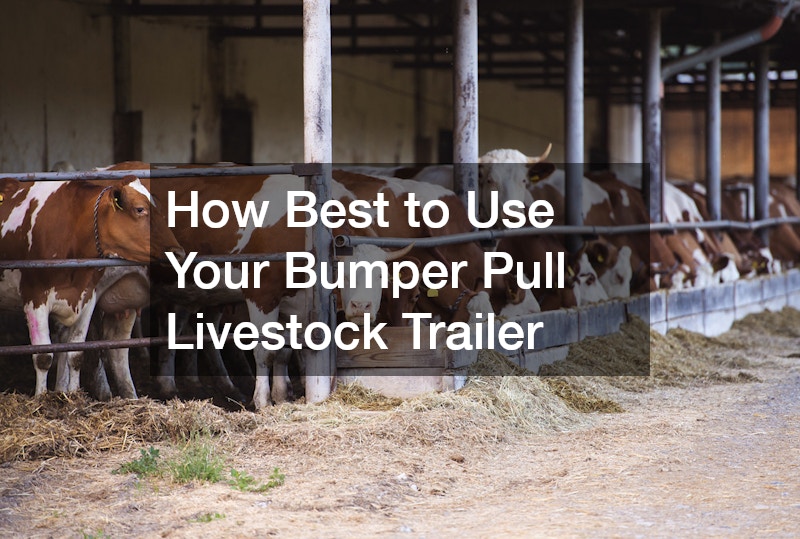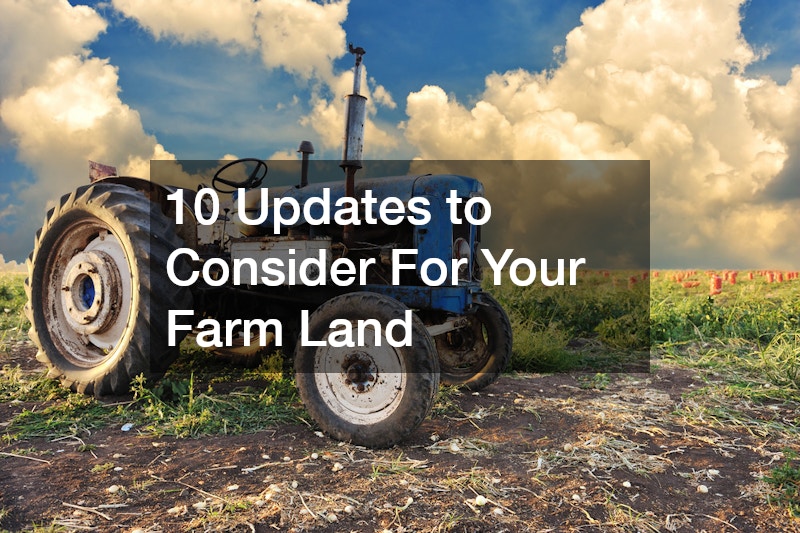
A bumper pull livestock trailer is a critical tool for farmers, ranchers, and anyone involved in transporting animals. These versatile trailers are often seen on roads, ferrying horses, cattle, and other livestock safely from one location to another. In this article, we will explore how to make the most of your bumper pull livestock trailer.
By understanding the basics of operation, maintenance needs, and safety measures, you can ensure that every journey is smooth for both the driver and the animals. The efficient use of a bumper pull livestock trailer can significantly impact productivity and animal welfare, making this knowledge invaluable for anyone in the livestock business.
Understanding Your Bumper Pull Livestock Trailer
Understanding the design and function of your bumper pull livestock trailer is crucial for its effective use. These trailers are attached to the back of a vehicle via a hitch, making them relatively easy to manage and maneuver compared to other trailer types. They typically come in a variety of sizes, allowing for the transportation of different types and numbers of livestock. The construction of the trailer is aimed at providing a secure journey for your animals, with features designed to protect them during transport. Knowing what each part of your trailer does will enable you to leverage its full potential, ensuring a safe and efficient transport process.
The first step in using your trailer is correctly hitching it to your tow vehicle. Ensure that the trailer’s hitch is securely attached to your vehicle’s hitch receiver and that all connections are tight. Safety chains should be crossed under the tongue of the trailer to prevent it from dropping to the ground if it detaches. Additionally, make sure all electrical connections for the lights and brakes are properly plugged in and functioning. This setup not only ensures the safety of your livestock but also complies with road regulations, preventing avoidable accidents or penalties.
Before loading any animals, it’s essential to inspect your bumper pull livestock trailer thoroughly. Look for any signs of wear and tear, such as cracks, rust, or faulty parts that could compromise the trailer’s integrity during transportation. Check the tire pressure and condition, as well as the suspension system, to prevent breakdowns. Clean and sanitize the interior regularly, reducing the risk of disease transmission among livestock. This routine maintenance will extend the life of your trailer and provide a safer environment for the animals being transported.
Loading and Transporting Livestock Safely
Loading livestock into your bumper pull livestock trailer requires calm and care. It’s crucial to create a stress-free environment for the animals, as they can easily sense anxiety and panic. Approach the loading process slowly, and if possible, use ramp aids to help guide the animals into the trailer. Each animal should have enough space to stand comfortably during the journey to minimize stress and injury. Proper placement also ensures that the trailer remains balanced, maintaining stability while in motion.
Securing the livestock inside the trailer is another essential step. Ensure that all gates and partitions are closed and locked to prevent animals from shifting and causing imbalance. The interior of the trailer should be free of sharp objects or loose components that could harm the animals. Animals should never be packed too tightly, as this can lead to overheating and distress. Always double-check that all animals are secure before hitting the road to avoid unexpected issues.
While transporting, it’s important to drive cautiously to ensure a smooth ride for the animals. Bumper pull livestock trailers can sway if not driven carefully; maintaining a moderate speed and avoiding sudden stops is crucial. Plan your routes to avoid heavy traffic and challenging roads if possible, reducing stress for both the driver and the animals. Regular stops should be made during long journeys to check on the livestock’s condition and offer them water or rest as needed. These actions contribute to a less stressful transport experience, which is beneficial to the health of your livestock.
Maintaining Your Bumper Pull Livestock Trailer
Regular maintenance of your bumper pull livestock trailer is essential to ensure its longevity and reliability. Routine inspections should be carried out to check for any mechanical issues or structural damage. Pay particular attention to the integrity of the frame and the condition of the tires. Lubricate moving parts and ensure all bolts and nuts are tightened, preventing unnecessary wear and potential failures. Keeping a consistent maintenance schedule will reduce the likelihood of unexpected breakdowns and prolong the functional lifespan of the trailer.
Cleaning your trailer is just as important as mechanical maintenance. A dirty trailer can harbor bacteria and diseases that are harmful to your livestock. After each use, thoroughly clean the trailer, removing any manure or debris that could cause odor and unsanitary conditions. Periodically, perform a deep clean, using appropriate disinfectants to ensure that all germs and parasites are eradicated. This practice will create a healthful environment for any animals transported, therefore maintaining their wellbeing.
A bumper pull livestock trailer is an indispensable asset for transporting animals safely and efficiently. Understanding how to use it correctly, including proper hitching, loading, and maintenance, is crucial for effective operation. By adhering to best practices for transport and upkeep, you not only protect your investment but also ensure the welfare of your livestock. Whether you’re a seasoned rancher or new to animal transport, taking the time to master these skills will yield significant benefits. Safe travel ultimately leads to healthier livestock and a more prosperous enterprise.
.





